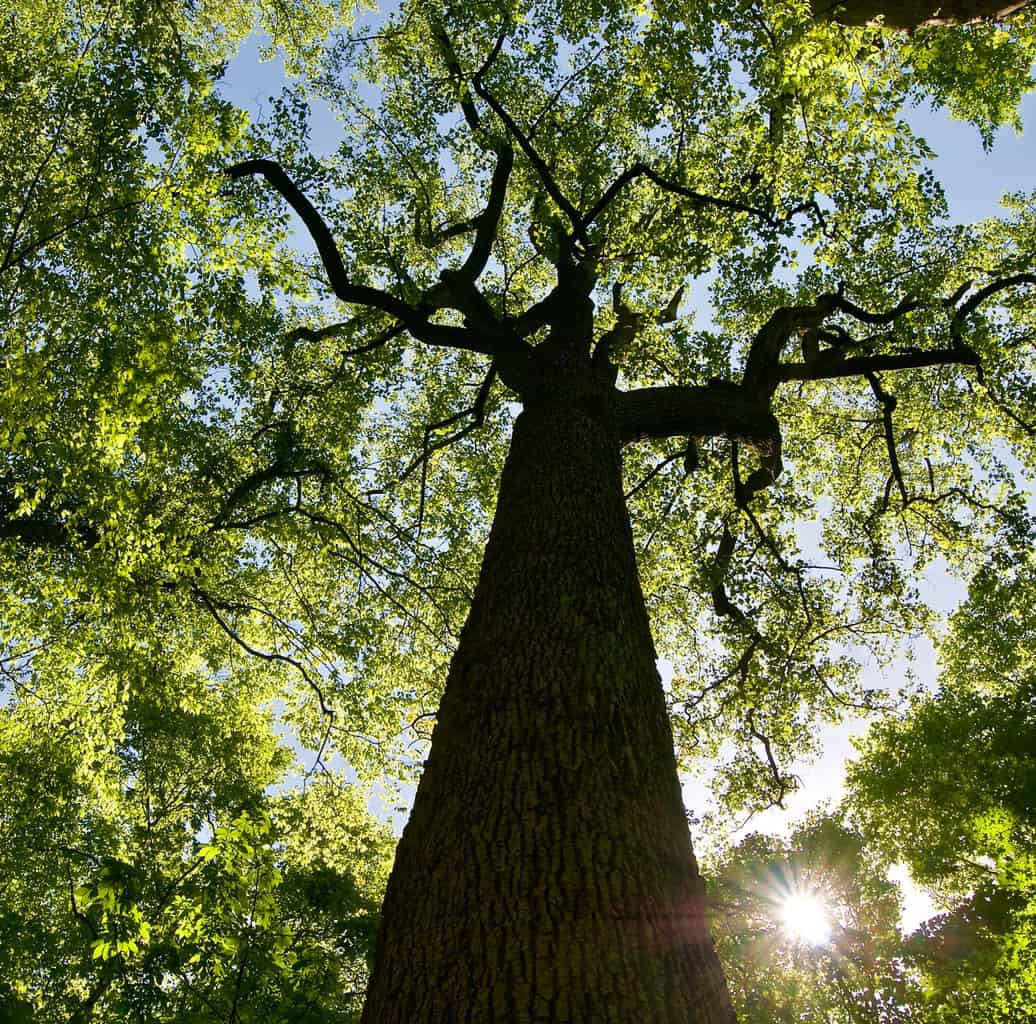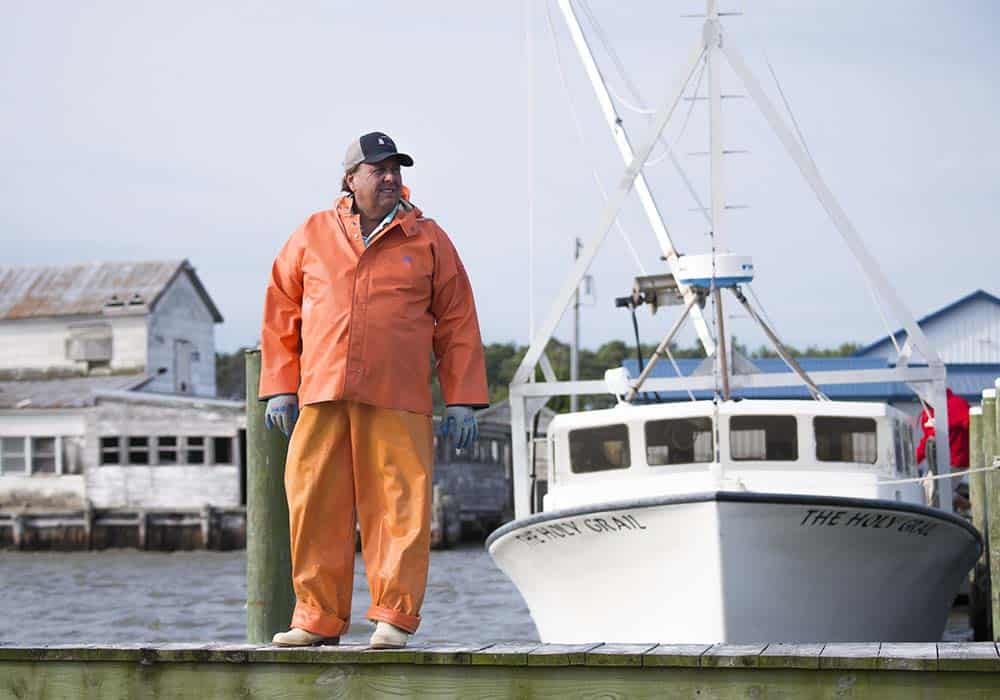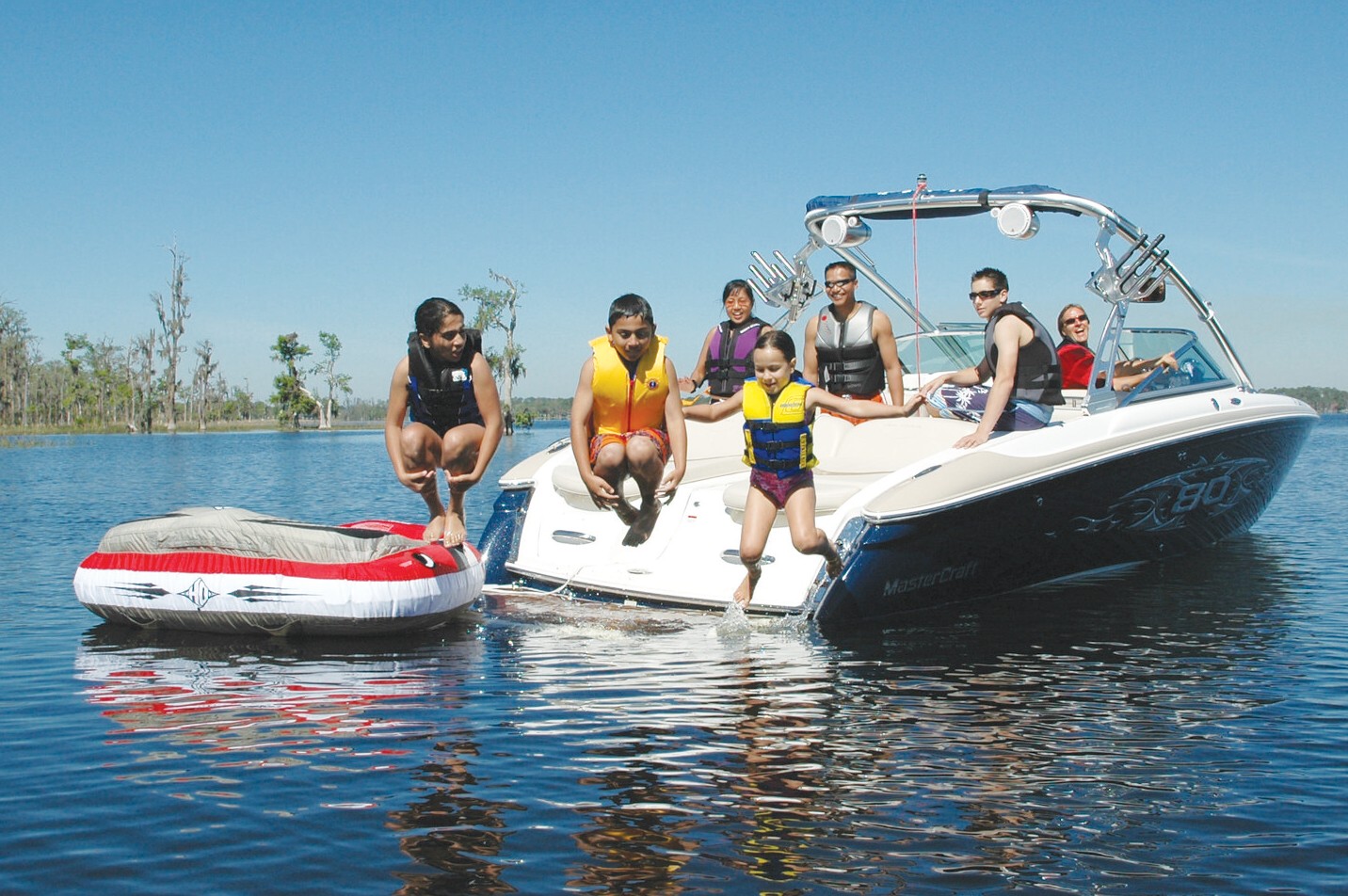Fifty years of the most complex restoration project ever attempted
While I was thinking about everything our beloved Chesapeake Bay has experienced since Chesapeake Bay Magazine began printing in May 1971, my former Chesapeake Bay Foundation colleague Dr. Robin Tyler posted this reminiscence that embodies the changes of the last half-century, kicked off by Hurricane Agnes in 1972:
When I was a kid growing up in Princess Anne in the 1960s and ’70s, I didn’t know what pollution was. We called our home, the Eastern Shore, God’s Country. I feel fortunate to have grown up where I did, when I did, with whom I did, to do the things I did.
I remember my grandparents in Crisfield having a privy out back and white porcelain buckets indoors for nighttime. I remember the stinking canning house on Mt. Vernon Road you could smell a mile away, and being told to stay away from Steamboat Wharf because that’s where the town sewage came in. But I didn’t get it, because the areas affected around my little part of the world were small. There was so much good fishing and hunting that I ignored it.
As the full effect of Agnes developed in the Chesapeake Bay and the Susquehanna Valley in June 1972, ‘The Scientists’ said it was going to be bad. Like many others, I carried on about how stupid they were, without recognizing what I didn’t know. They got it right. My home waters of Tangier and Pocomoke Sounds have never been the same. That’s why I refer to 1971 as ‘The Last Good Summer’—a story about teenagers with a 16′ outboard skiff for whom life couldn’t have been better.
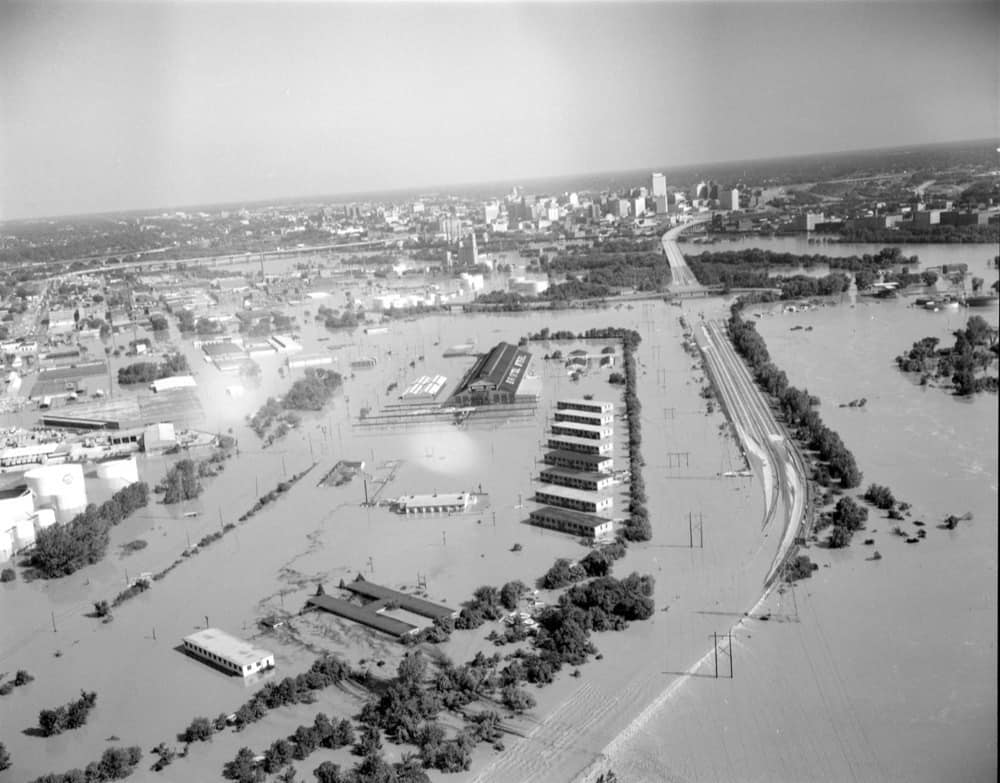
The Reckoning
Agnes was a long-lasting storm that caused catastrophic damage just as America was waking up to environmental issues. The storm occurred while the Chesapeake research community was meeting. The scientists realized Agnes’ systemic nature and organized investigations to study it even as it wound down. The damage was epic, bringing massive rainfall and runoff to the headwaters of the Chesapeake’s big rivers, from the James in Virginia to the Susquehanna in south-central New York. Pennsylvania was hardest hit by flooding, especially around Wilkes-Barre and Scranton. Mammoth inflows of sediment buried critical underwater grass beds on the Susquehanna Flats and other parts of the Bay. Nitrogen and phosphorus pollution caused algae blooms and oxygen-depleted dead zones.
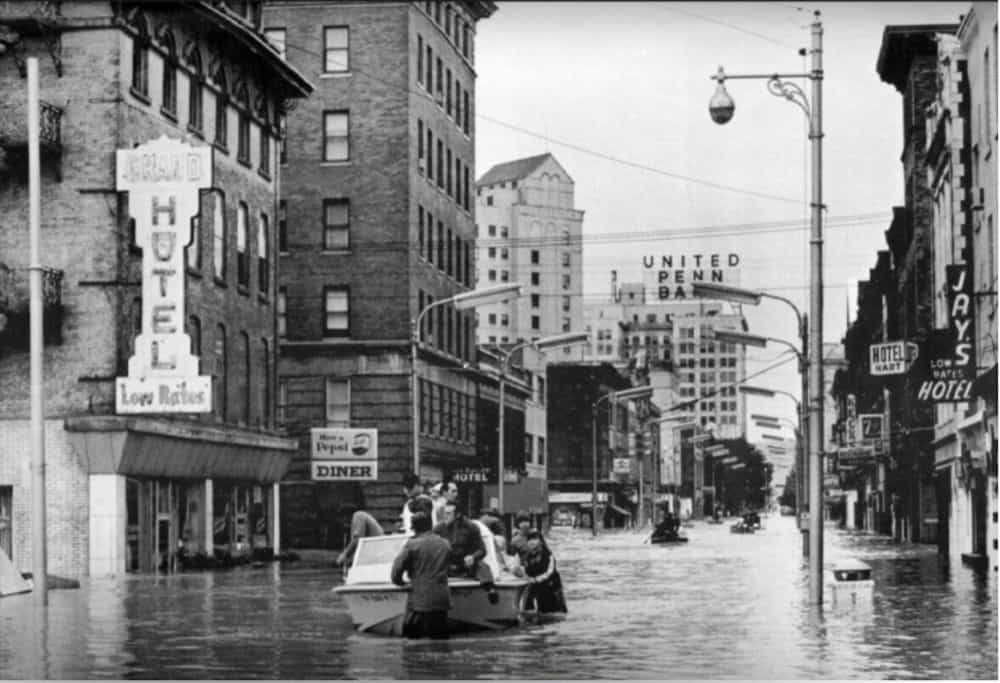
Agnes accelerated the Bay’s eutrophication—an excess of rich nutrients in the water, often exacerbated by mistreatment. It is well-documented in everything from farm ponds to massive reservoirs. Agnes made us realize how much eutrophication could damage an estuary, which acts as a catch basin for its upland rivers. Our Bay was a sitting duck.
The Chesapeake watershed is about 500 miles from the Susquehanna’s headwaters in Otsego Lake by Cooperstown, New York to Virginia Beach, as the goose flies. But with an average depth of just 21 feet, our Bay is a very shallow, settling basin for big rivers draining a vast land. Nearly a quarter of the Bay’s area is less than six feet deep.
In 1971, the watershed was busy carrying on the Industrial Revolution. The human population had mushroomed from the 50,000 native peoples who were here when colonists arrived to 11 million, with proportional increase in livestock and fossil-fueled machines. Indian trails evolved into interstate highways; pavement was everywhere. The percentage of remaining virgin forest was near zero. Reforestation improved tree cover in the early 20th century, but after the 1950s, population growth gobbled up some of those gains.
With minimal filtering, rain ran quickly down the watershed’s expanses of disturbed soils, concrete, and asphalt to sea level in the shallow Bay. It eroded soil and filled channels, putting the Chesapeake system on a junk-food diet of fertilizer and soil equivalent to a person eating 15,000 calories a day.
Yes, the water eventually flowed out to the Atlantic, but only after settling into the estuary for months on the way, with accumulated phosphorus and nitrogen growing aquatic algae instead of trees. Agnes brought this predicament into stark relief one year after Chesapeake Bay Magazine began publishing.
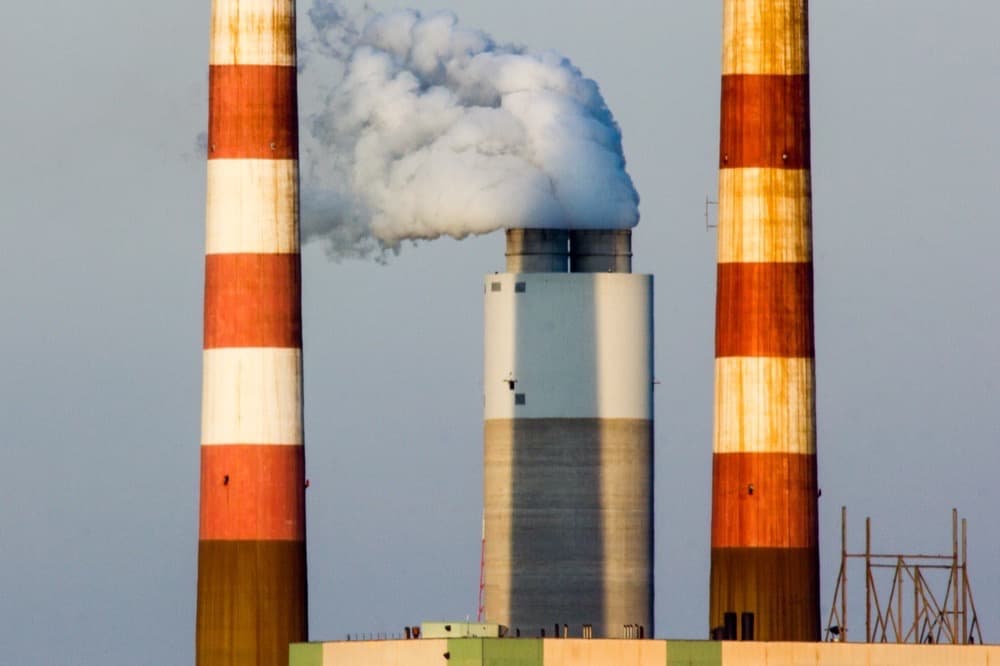
The 1970s
“I told you I was sick”
What has happened since is actually a hopeful story. Four months after Agnes roared up the Eastern Seaboard, President Nixon signed the Clean Water Act, which began the long task of cleaning up wastewater pollution. It would take 10 years for treatment upgrades to show results, but industries and municipalities around the Chesapeake deserve credit for their accomplishments.
As scientists were quantifying the damage from Agnes, watermen were struggling with declining harvests. Rivers around the Chesapeake’s urban areas remained dirty, smelly threats to public health. Boaters noted fish kills with disturbing frequency. There’s a gravestone on Smith Island inscribed, “I Told You I Was Sick,” which also applies to the Bay’s ecosystem at the start of the 1970s. The signs of the Bay’s decline were there, even though many people dismissed them as “just part of a cycle.”
In 1974, Maryland Senator Charles McCurdy Mathias took a long tour around the Chesapeake, listening to watermen, recreational crabbers and anglers, yachtsmen, scientists, and anyone else with a stake in a healthy Bay. What he found alarmed him enough to push through Congress a seven-year, multi-disciplinary EPA study of the Bay ecosystem, which began in 1976.
The study confirmed that the Chesapeake suffered from significant eutrophication. There was no silver bullet to fix it. Our busy watershed was facing death by a thousand cuts. This made the work particularly challenging, but also offered opportunities. With the nation’s capital in the center of a prosperous six-state region, the cleanup of this historic national treasure presented an experiment in environmental remediation.
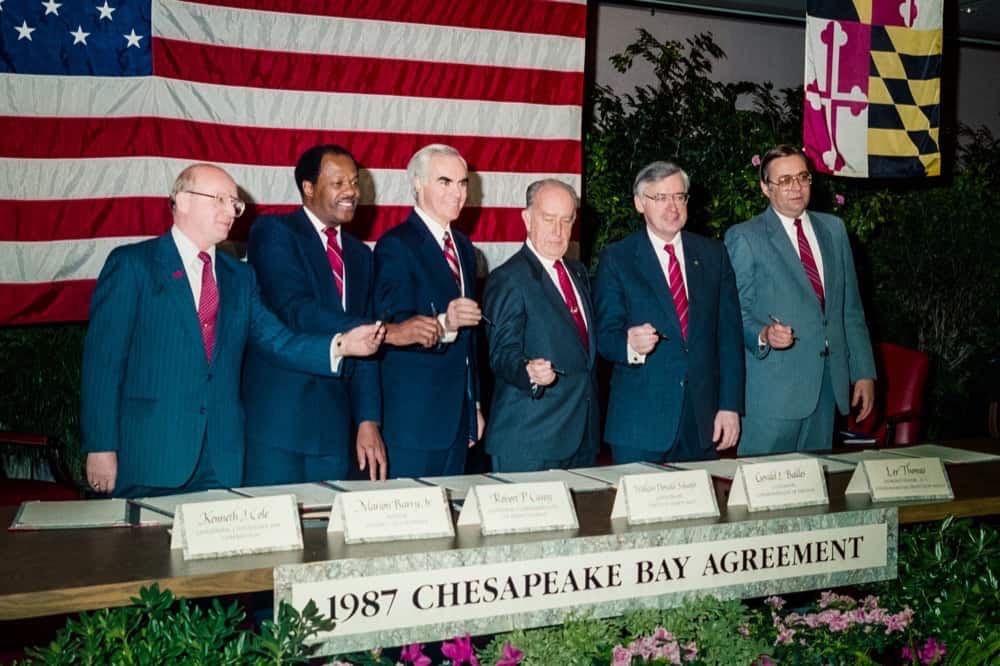
The 1980s
The Decade of the Bay
The EPA study was the beginning of the federal/state/local Chesapeake Bay Program partnership (CBP). In December 1983, the leaders of Virginia, Maryland, the District of Columbia, Pennsylvania, the tristate Chesapeake Bay Commission, and the EPA signed the first Chesapeake Bay Agreement to restore the estuary’s health. This marked broad recognition of Pennsylvania’s role; after all, it encompasses more square miles of the Chesapeake watershed than any other jurisdiction.
CBP and its partners began focusing on all the million cuts, diagnosing each injury and crafting cost-effective remedies that added up to larger solutions. General Assembly sessions made 1984 “The Year of the Bay,” with broad legislation to begin the cleanup. The most far-reaching was Maryland’s Critical Area Act, which for the first time officially recognized the role of land use in Bay pollution and began to address this huge, controversial issue. Virginia followed several years later with its Chesapeake Bay Preservation Act. Public interest and participation in restoring the Bay increased exponentially.
CBP integrated research by university labs with state agencies, local government, nonprofits, and business partners. One early task was to develop a computerized model of the Bay and its watershed, for use in identifying research needs, targeting restoration projects, and most importantly, evaluating results. Thirty-seven years later, this “Bay Model” is arguably the most sophisticated ecosystem simulation in the world.
The scientific community turned out critical findings. Ecosystem modeling showed that reduced light from cloudy water drove the die-off of underwater grasses. That was a product of sediment deposits. Researchers found reversing the process would require wastewater treatment plants to remove nitrogen as well as the phosphorus they had begun to remove under the Clean Water Act. (Nitrogen is more soluble than phosphorus and thus more difficult—and expensive—to remove.)
The finding was unwelcome, but the science showed the cost of not removing the pollution was higher. Nitrogen
from air pollution also contributed significantly to the Bay’s decline. Fossil fuel combustion from power plants and vehicles produce gases that settle to the ground, where rain washes them overboard. In the late ’80s, the gases were causing as much as a third of the Bay’s nitrogen pollution.
Despite the increased awareness, the Bay’s health continued to decline. Baywide acreage of underwater grasses bottomed out in 1983 and made only slight progress in following years. Oxygen-depleted dead zones caused alarming shifts in fish and crab behavior. A new oyster disease known as Dermo devastated harvests in both Virginia and Maryland. A drought late in the decade produced stagnant water full of ugly brown algae blooms that contributed to oxygen problems and dirtied boats’ topsides. Rockfish stocks crashed, leading to a six-year harvest moratorium in Maryland and deep harvest cuts plus closures in Virginia.
There were silver linings. The rockfish crisis led to new management and increased research. In 1987, the Bay Program, Bay Commission, Bay states, and District signed a new Bay Agreement, setting a specific 40 percent goal for nitrogen reduction by 2000. Wastewater phosphorus control and a ban on it in laundry detergents reduced freshwater algae growth, and the upper tidal rivers rebounded, especially the Potomac around Washington and the James below Richmond. Seeing progress was a tonic, a sign that “yes, we might get this done.”
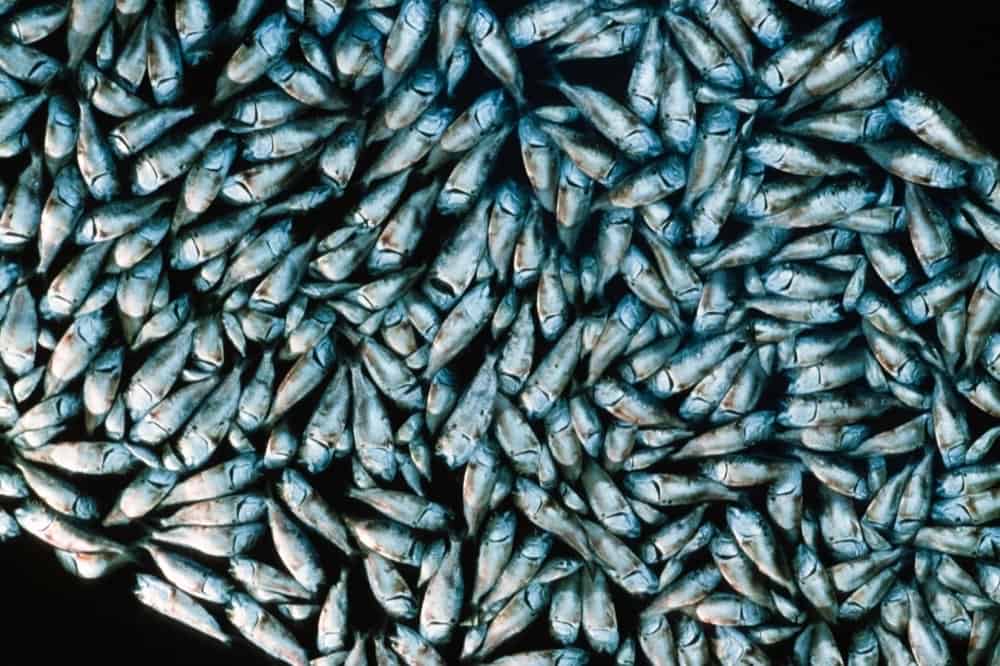
The 1990s
Good Intentions, Their Limits, and a Mysterious Microbe
With the nitrogen goal, the Bay states developed cost-effective advanced wastewater treatment. Federal Clean Air Act Amendments reduced airborne nitrogen oxides and other pollutants from cars, trucks, and power plants. Ecosystem modeling advanced, thanks to the Internet.
Rockfish recruitment (young-of-year survival) improved. In October 1990, Maryland reopened harvest for anglers and watermen on a short, strictly controlled basis. The years 1993 and 1996 produced strong recruitment, a wonderful morale booster. In 1995, the Atlantic States Marine Fisheries Commission (ASMFC) declared the fishery recovered, though all harvests continued under tight control.
With oyster stocks brutally low in the ’90s, Bay scientists experimented with restoration. Elevated shell reefs in the Piankatank showed promise. So did hatching larvae in hatcheries and growing them in floating cages. The technique evolved into off-bottom aquaculture systems for commercial aquaculture, recreational “oyster gardening,” and reef restoration.
In the summer of 1997, fish kills and an associated, mysterious human disease caused a crisis on several rivers of Maryland’s lower Eastern Shore. Scientists traced it to a rare alga called Pfiesteria. One waterman remarked, “I’ve been studying it on the Internet. Best I can figure, we find out what makes it mad and stop doing it.”
What made it mad turned out to be the agricultural runoff that was unregulated by the Clean Water
Act—concentrated animal feeding operations, including poultry. This issue was hard. The farm community, original stewards of the soil, felt stabbed in the back. It took a lot of grievance-airing, careful research that blended cutting-edge agricultural science with ecosystem modeling, and respectful conversation to implement viable cost-share programs that reduce pollution while keeping farms profitable.
Farmers, universities, state and federal agencies, conservationists, and agricultural consultants all deserve credit for cooperating on the issue. The Chesapeake, however, needed many more farmers to work with them, especially
in Pennsylvania.
The 1990s were hopeful. In 1998, the Chesapeake Bay Foundation issued its first biennial State of the Bay Report. Setting a baseline of 100 using Captain John Smith’s observations of the Chesapeake in his 1607-09 explorations, CBF scientists pegged the Bay’s low point at a score of 23 in 1983. In 1998, the score was a modest but encouraging 27. Rockfish were the big success story, but there were other improvements, including a rebound in underwater grass beds.
But Baywide nitrogen reductions were nowhere near the year 2000 goal of 40 percent. Good intentions had produced real progress, but not enough. It was time for an ambitious Chesapeake Bay Agreement to mark the new millennium. The Chesapeake Bay Commission and the Bay Program took the lead on developing Chesapeake 2000, with many partners.
The Clean Water Act supplied a crucial provision. It required any water body federally declared impaired by pollution to have a Total Maximum Daily Load (TMDL), essentially a “pollution diet” strict enough to remove the impairment within a specific time frame or face sanctions. No one had ever tried to build a TMDL for such a large ecosystem as the Bay watershed.
Nevertheless, the environmental community and the EPA pushed to obey the law. Chesapeake 2000 struck a compromise: The Bay states and the District would do enough to remove the Chesapeake from the impaired waters list by 2010 voluntarily; if they missed the goal, they would build a pollution diet with the teeth of enforcement provisions.
The 2000s
The Chesapeake Responds
The year 2003 saw wastewater treatment upgrades in Virginia and Maryland. Maryland added an annual fee for every household, bringing huge improvements to both metropolitan areas and smaller jurisdictions such as Salisbury and Easton. Virginia opted to allocate its budget annually over a series of decades, adding budgetary surpluses under an innovative Water Quality Improvement Act. Those measures have produced improvements from Hampton Roads to Lynchburg and Alexandria.
Progress remained slow in Pennsylvania, despite many impaired streams in a commonwealth that prizes its free-flowing waters for their own sake as well as proximity to the Bay. There were bright spots in the farm community, including Amish and Mennonite operations.
In the Bay and its rivers, algae blooms and dead zones continued, but so did improvements. Because this huge system operates every day in dynamic balance between tides, moon, sun, wind, and freshwater stream inflow, one-day snapshots aren’t reliable. Understanding it takes scientific gear and analysis over time. The watershed model at the Bay Program documented the improvements in public reports like Bay Barometer. Rockfish remained strong, and the bi-state crab management program continued adjusting harvests consistent with the winter dredge survey.
Oyster reef restoration and aquaculture grew, while research documented disease tolerance evolving in wild stocks, especially in the Rappahannock. Citizens of the Bay Country fell in love with Chesapeake oysters for their
value as reef-building ecosystem engineers and water filters, not just as meals.
By 2008, though, it was apparent we would not meet the Chesapeake 2000 goals by
2010. Several environmental and watermen’s organizations sued the EPA to enforce the TMDL. The lawsuit attracted furious opposition from the National Farm Bureau Federation and several national partners, who feared the TMDL would set a difficult precedent. In 2009, President Obama issued an Executive Order directing the EPA to implement the pollution diet. The lawsuit succeeded. The scientists at the Chesapeake Bay Program set a pollution diet to reduce nitrogen, phosphorus, and sediment, reaching into every nook and cranny of the watershed. For the first time, the other three states with land in the Chesapeake watershed—West Virginia, New York, and Delaware—signed on to the Bay Agreement’s water quality elements.
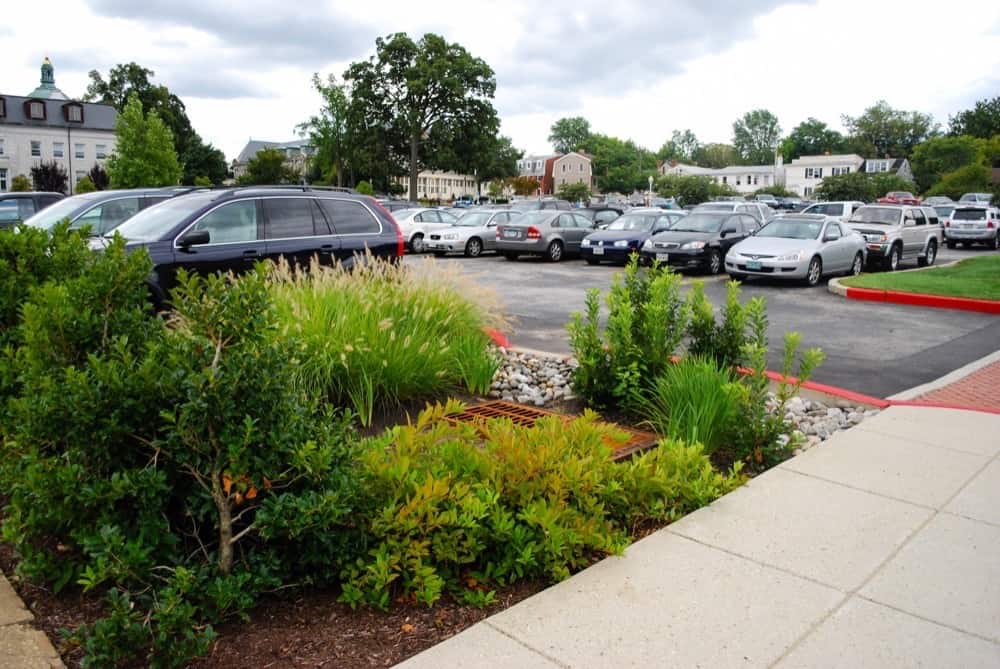
2010-2021
Progress Accelerates, & Our Bay Shows It
Now the Bay cleanup has a new pollution diet deadline: 2025. There are two-year benchmarks to measure progress. EPA has enforcement powers over the states, who rely on local government because of the pollution diet’s specific nature. Federal, state, and local must all work in partnership. There are many moving parts, and there are periodic needs to play hardball to keep things moving. Pennsylvania in particular has had a difficult time finding funding to fulfill its commitments.
There is a new focus on urban/suburban stormwater pollution running off impervious surfaces, such as roadways, parking lots, and rooftops. Fixing this cumulative abuse is arguably the greatest challenge we face, reaching literally into each of our homes, no matter where we live. Dealing with our own stormwater is the inescapable embodiment of Pogo Possum’s dictum, “We have Met the Enemy, and He is Us.”
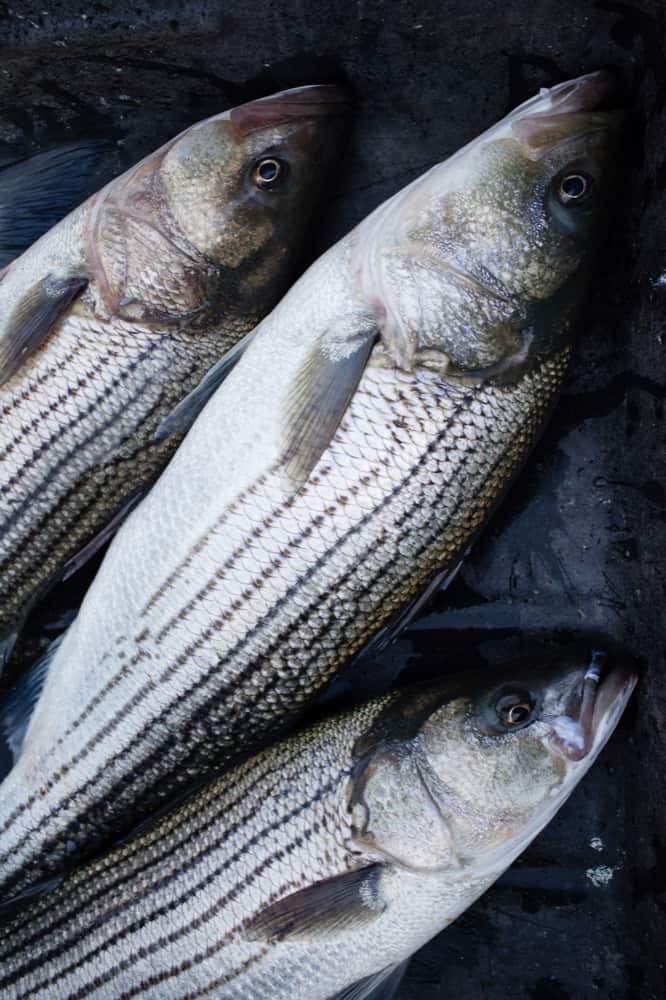
It’s difficult, expensive, and disruptive to help this watershed catch rain resourcefully again. The silver linings, though, are new business opportunities and jobs
for civil engineers, landscape architects, contractors, and laborers to build cost-effective solutions from Cooperstown to Virginia Beach, and the improvements neighborhood streams and creeks show as we turn them from trash dumps to live elements of the Chesapeake system.
Under that tightly accountable pollution diet, our Chesapeake is responding. Progress is hard-won, but summer dead zones are shrinking in spite of climate change that warms the Bay. That heat threatens the critical eelgrass beds of the lower Bay, but underwater grasses are rebounding in fresher waters. As this issue goes to press, though, our beloved rockfish suffer from overfishing. Now the striped bass management plans of the ’80s and ’90s must build stronger conservation, while the pollution diet and habitat restoration give them a healthier Bay to live in.
Fifty years on, we have every reason to believe 1971 wasn’t Robin Tyler’s Last Good Summer (in retirement, he’s already finding speckled trout again in Tangier Sound), and that good news will fill Chesapeake Bay Magazine for the next 50 years. If restoring the Chesapeake’s health were simple, we’d have finished the job 20 years ago. This is the most complex ecosystem restoration project ever attempted, turning around a century and a half of (largely unintentional, but ignorant) environmental abuse. Is the Chesapeake’s cleanup complete? No. Is it better? Hell yes! Will it be worth the work and the cost? Hell yes, again! Let’s finish this job. h


